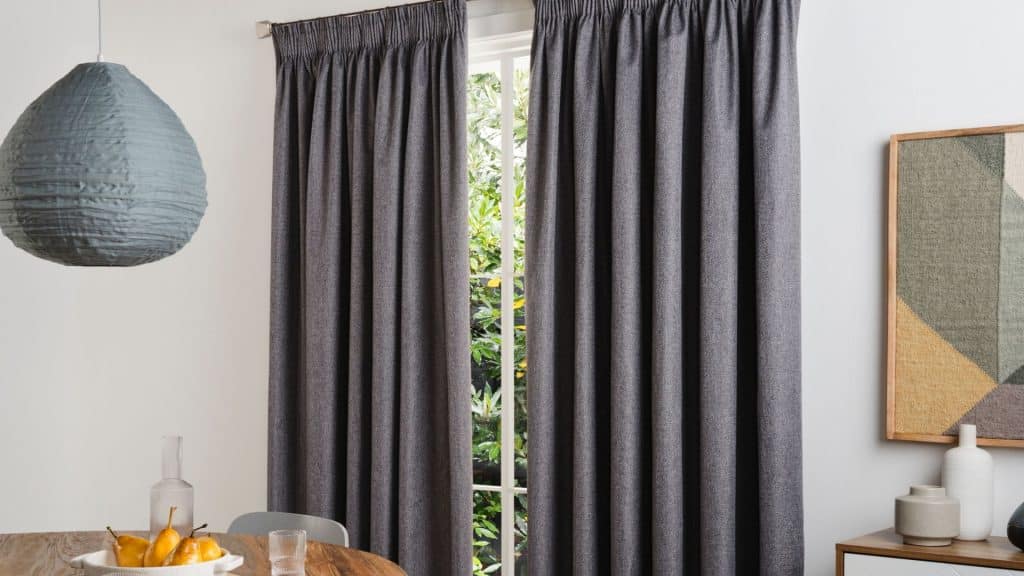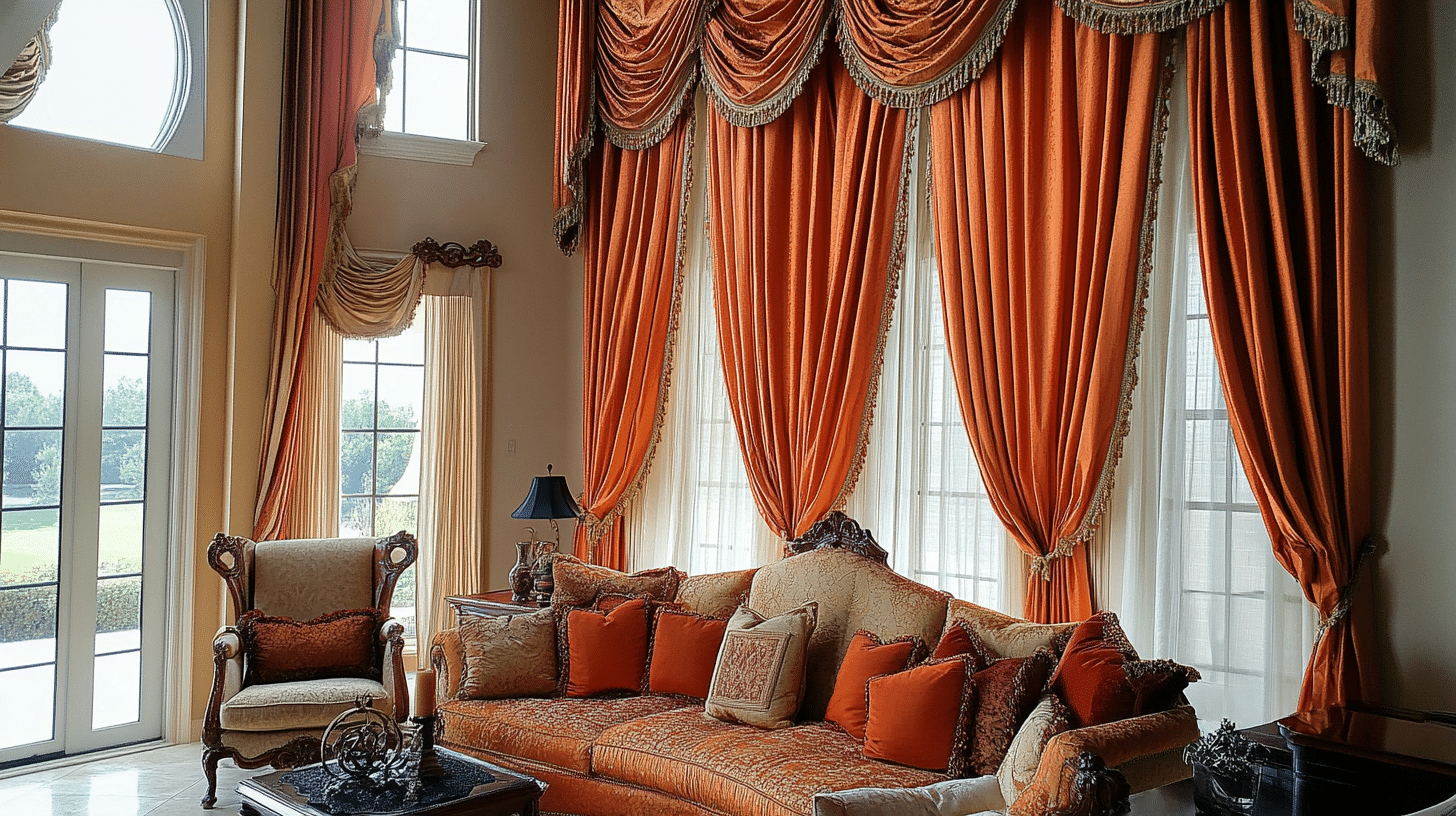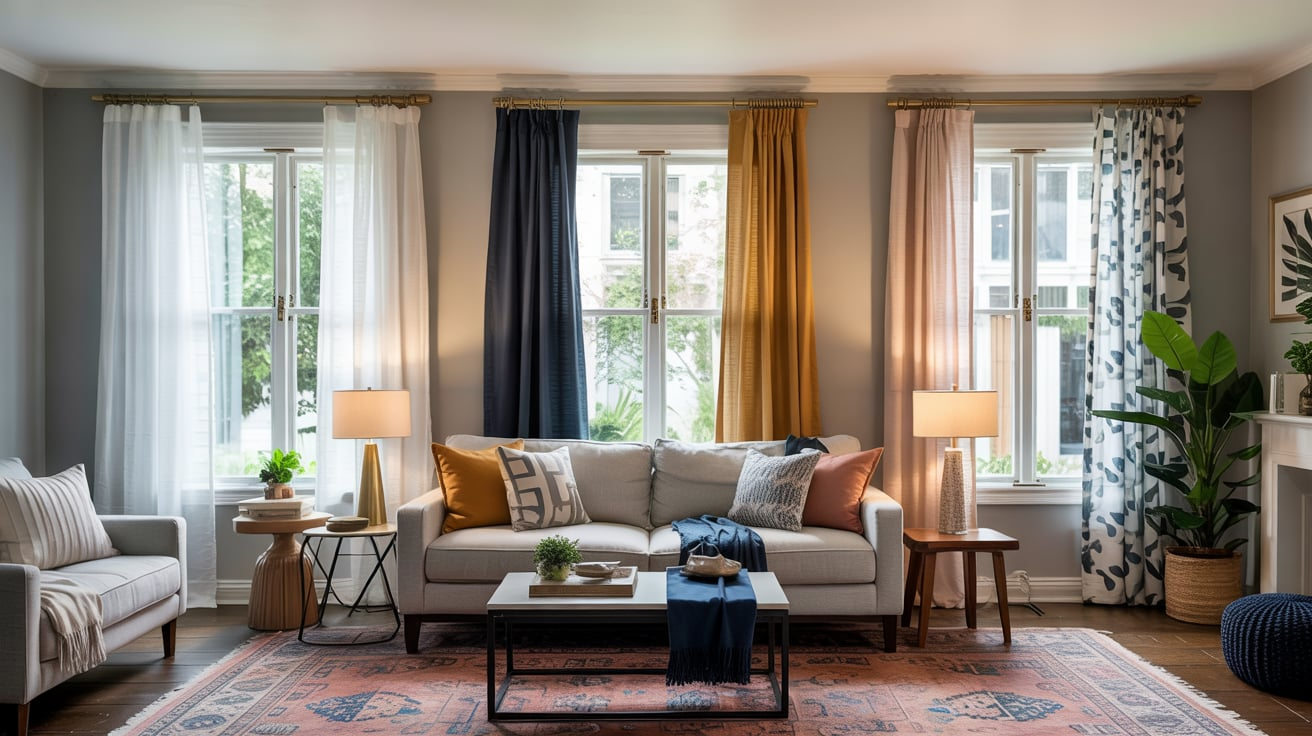The Ultimate Guide to Curtain Fabric: Choosing the Right Material for Your Home
The type of fabric used for the curtain also plays an important role that can influence how your living room looks. The chosen fabric can impact elements such as light control and acoustics, playing a massive part in the interior design.
The fabric of furnishings, whether at home or in your office, is a welcome addition to how you want it to look comfortable and snug, or you have toggled the modern yet sophisticated design. This post will discuss the many kinds of curtain fabrics, their advantages, and how to choose the best kind for your requirements.
Types of Curtain Fabric

Cotton
One of the favourites for curtain distinction is cotton because of its variety and durability. It comes in various colours and patterns to suit almost any decor. Cotton curtains are breathable and washable, working okay in kitchens and living places.
Linen
The linen’s natural texture and beautiful drape make it elegant in any room. The fabric is also very lightweight, with a lot of space between the threads, which permits plenty of light to filter through, giving a soft, airy atmosphere. On the other hand, linen can wrinkle and may need a little more attention.
Polyester
Polyester is another synthetic fabric that tends to be more durable and resistant to fading or wrinkling. It is often mixed with other fibres to increase softness and can sometimes resemble the appearance of pricier fabrics. Polyester curtains are low maintenance and perfect for high-traffic areas.
Velvet
Velvet is perfect for a luxurious appearance, but treat with care; this pile can mark. The rich texture and depth of colour make any room feel grand. Velvet curtains are a great way to insulate any room and provide additional sound-damping properties, ideal for bedrooms or media rooms. Nevertheless, they can be more hassle to clean and maintain.
Silk
Silk curtains have a lovely shine that complements any décor and exudes elegance and refinement. Silk is more fragile and can fade in bright sunlight, even though it drapes nicely and is lightweight. The need for dry cleaning is common for silk curtains, which raises maintenance issues.
Blackout Fabric
If you need privacy and light control, blackout fabrics are necessary. These fabrics are often constructed from polyester and designed to block all sunlight, making them perfect for bedrooms or home theatres. Use blackout curtains. They can help lower your heating or cooling bill by keeping rooms cool in summer and warm in winter.
Considerations When Choosing Curtain Fabric

Purpose
Consider the primary function of the curtain fabric. Are you seeking privacy, light control, insulation, or purely decorative purposes? Knowing the end-use will help you choose the best fabric material that meets your needs. If you want to block the light, for example, blackout fabrics are more your thing versus also wanting to diffuse the light but still retain visibility.
Room Type
Different rooms have different requirements. For example, you may turn to moisture-repellent fabrics that are perfect for small-moisture parts of your home, such as bathrooms and kitchens, because a little bit of humidity can lessen the life span.
Conversely, lightweight fabrics are ideal for kid’s rooms because they may block less light. Still, they also do not get dirty as quickly or easily, and heavy fabrics work best in living rooms or bedrooms, where they can be used to bring a little warmth and useless insulation.
Considering the room’s function, you can select fabrics to enhance durability and performance in those specific environments.
Style and Aesthetics
The fabric should complement your existing décor. Think of your room’s colours, patterns, and textures for a cohesive look.
If you choose lighter fabrics, the room can feel light and airy, or more substantial darker fabrics that add warmth and intimacy, creating an overall cosiness. When your curtains match the theme of your design, it will help you tie everything together and make a coherent look that accurately reflects your personality.
Maintenance
Certain fabrics, such as polyester and cotton, are low maintenance enough to be thrown in with the regular laundry and help earn their stay in households where busyness may be an issue.
Meanwhile, others, such as silk and velvet, can be high maintenance and may need to be dry cleaned or otherwise pampered to continue looking their best.
Picking a fabric that goes along with what you are ready to do in terms of maintenance will help you keep your drapes looking beautiful without adding extra to-dos.
Budget
Curtain fabric can vary widely in price. Choose a budget and factor in the cost of materials and any other expenses you may have to pay for, such as skin. Luxury and high-end fabrics are great to look at and can last, but there are always budget-friendly options that mimic the same effects.
So, plan your budget so that the perfect curtains can be put up according to your aesthetic needs without any compromise on your financial comfort.
Tips for Caring for Curtain Fabric
- Regular Dusting: Dusting is essential to maintain any curtains in tip-top shape. Weekly cleaning of dust and debris can be easily accomplished with a handheld vacuum or lint roller.
- Washing Instructions: Always check the care label before washing. Other fabrics may be laundered in a washing machine, while others require dry cleaning.
- Ironing: If the curtains get crinkled, see if the fabric can be ironed. Select a suitable warmth setting consistent with the fabric to preserve your material from damage.
- Sun Protection: Keep your colours from fading by looking for curtains with UV-filtering linings or installing them in a location that only receives direct sun exposure periodically.
Conclusion
The fabric of the curtains is an essential element; selecting good quality cloth can build your home with both aesthetic and functional values. However, each type of fabric carries different characteristics that can influence the vibe in a particular room.
With cotton, velvet, linen, and even silk as alternatives in the mix, knowing each material characteristic is essential to choosing a specific choice best suited for your needs.
With so many things to consider—from purpose and style to care and maintenance—you can choose the best fabric for your curtains and make them feel more built for your space. Buying the proper curtain enhances your interiors.







